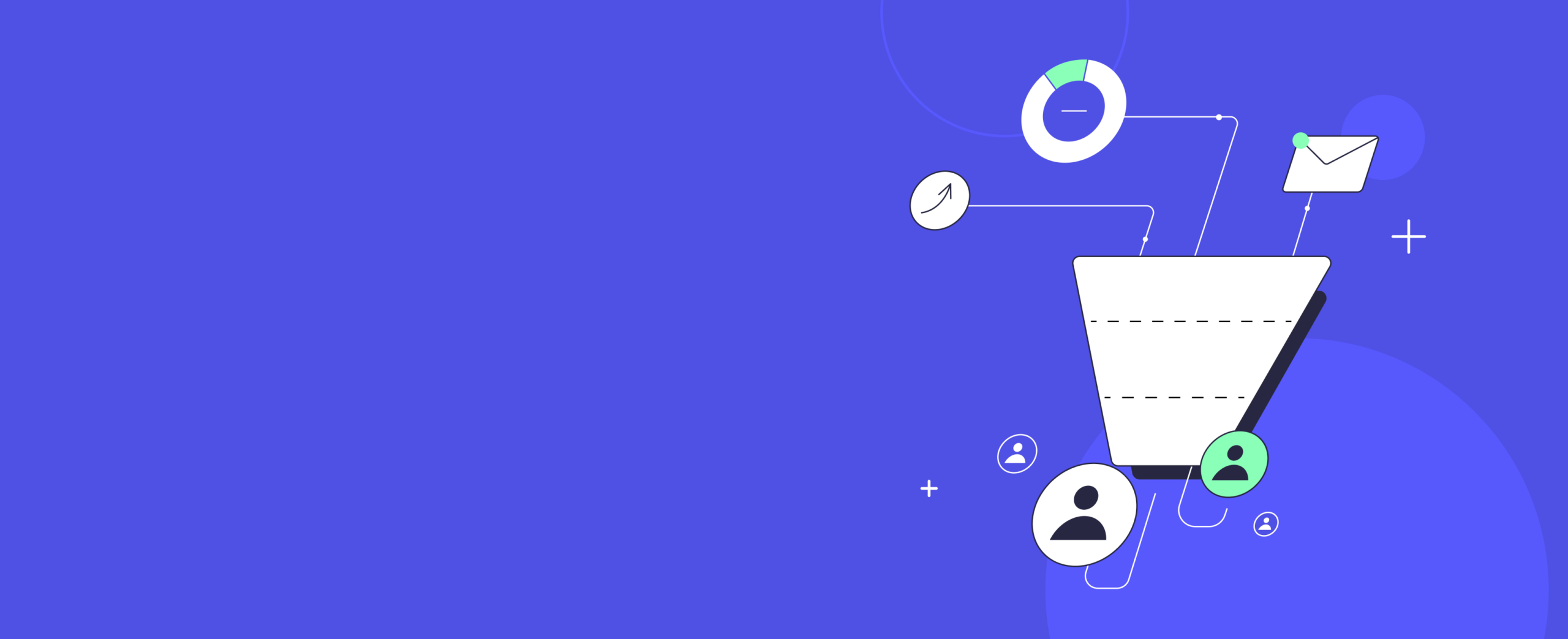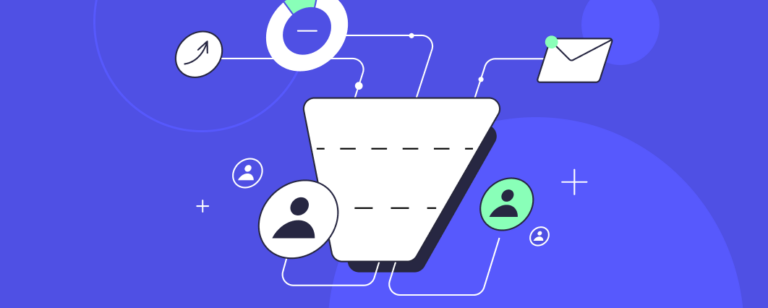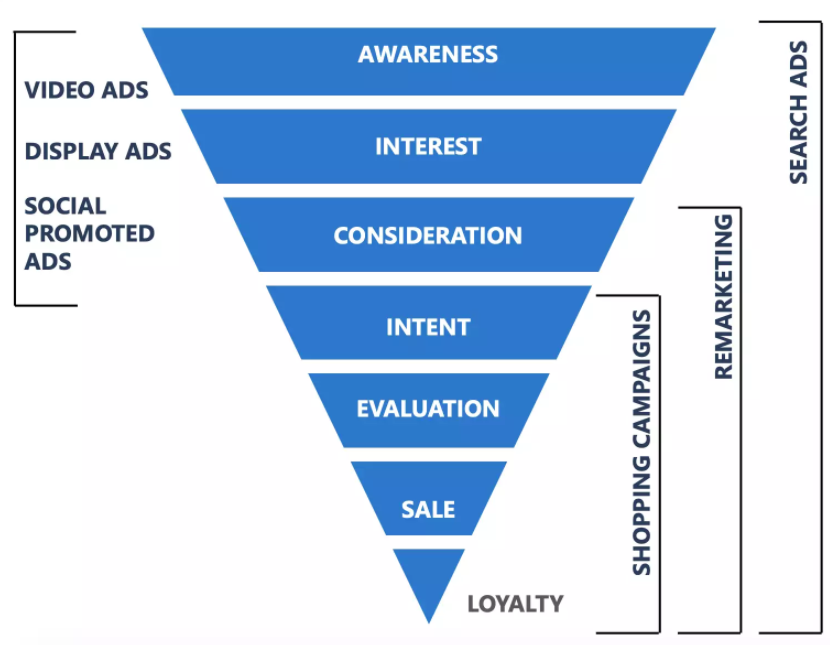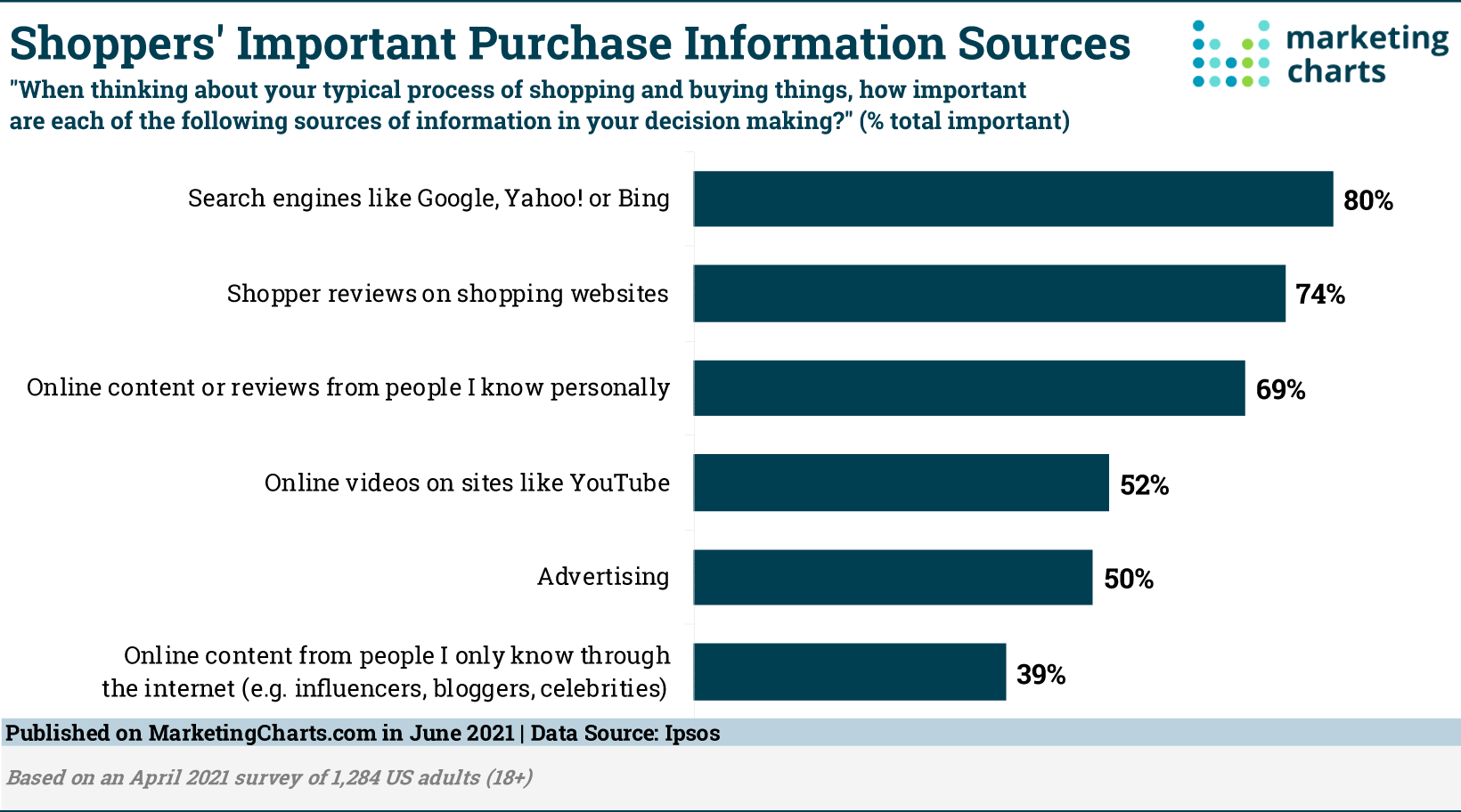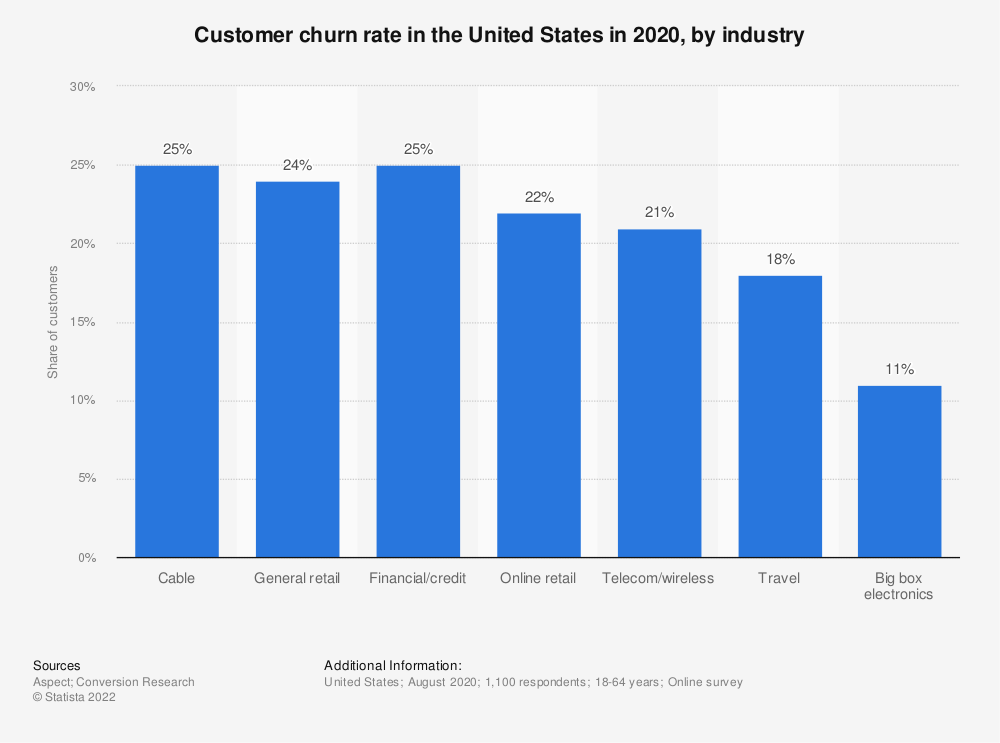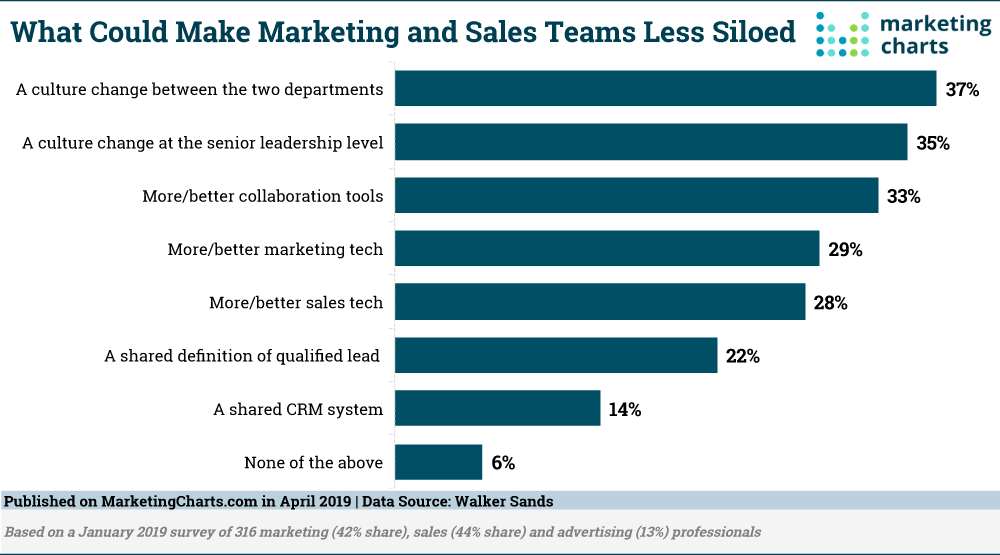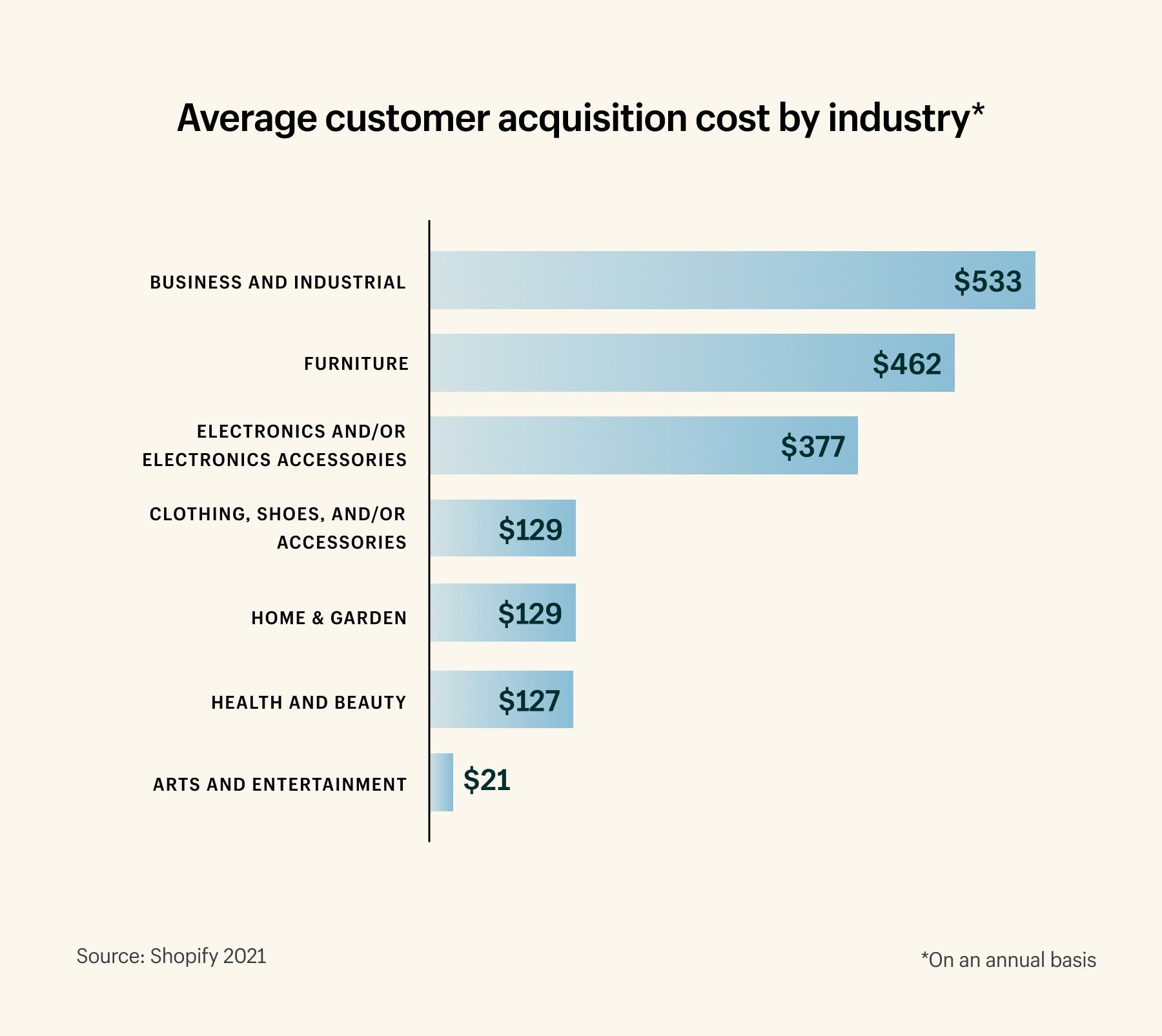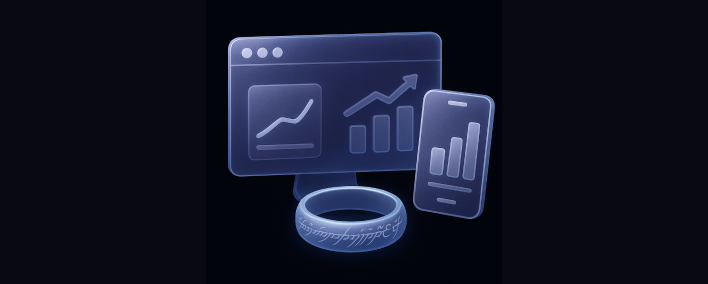Improve internal communications
We mentioned previously that the marketing and sales teams tend to operate at opposite ends of the funnel, but that doesn’t mean they operate independently.
For example, the marketing team is responsible for brand messaging. If they make promises the sales team can’t fulfill, prospects are left unsatisfied, and sales will be aborted, leading to lower acquisition rates.
This affects more than just a few sales. Miscommunications can have you focusing on the wrong issues, leading to an incorrect customer journey and funnel. Ensure good communication between your teams and work with them to outline their role in the customer acquisition process.
Be flexible and sustainable
You must ensure that your acquisition funnel and strategies are sustainable and flexible.
- Flexibility means responding to the changing consumer-business relationship and market trends. For instance, consumers once bought products from door-to-door salespeople, but now they’re more likely to listen to live chats and virtual assistants for advice.
- Sustainability refers to acquisition strategies that work in the long term. So, any investments you make will work in the future. It could be new employees, new software, platform migration, or marketing tactics.
For example, ads are flexible but short-term acquisition strategies. However, blogs can provide content marketing for as long as it’s available, making it a sustainable acquisition strategy for your funnel. It can be flexible if you reach out to creators to write related content or produce podcasts based on your blog posts.
Use different techniques
Startups use growth hacking to drive business growth. It involves using different tactics, identifying the best one, and optimizing it. Experimenting with strategies like this can help you reach goals quicker and boost customer acquisition.
Business-customer relationships are constantly changing, and acquisition strategies must change to keep up. By implementing different acquisition techniques in your funnel, you can experiment to find the ones that work best and set a new benchmark for success.
For example, you can use A/B testing to decide on the most effective landing pages, content, or discounts. Always look to improve your strategies and remove past methods from your funnel if they no longer work.
Additionally, automation or new software platforms are other considerations to speed up working processes and quicken repetitive manual tasks like email segmentation. For instance, instead of manually creating partnership marketing opportunities, you can use tools like CPAPI.
CPAPI lets you work with thousands of advertisers and offers. API integration between sources of offers and your system means promotions transfer automatically. It improves brand awareness, acquisition channels, and forms fast, reliable partnerships.
Build partnerships with brands
Partnership marketing is a symbiotic relationship. You and your partners benefit from each other’s influence to sell products, boost reputation, and increase revenue. Whether you’re partnering with influencers, creators, or other brands, it’s an effective way to add more customers to your funnel and reduce the customer acquisition burden.
Look for brands or influencers that reach out to your target audience. For example, if you’re a virtual PBX provider, a YouTube tech or business creator is more helpful to you than a coffee channel.
Consider using partnership marketing platforms to create valuable and profitable relationships. Solutions like Affise Reach provide reliable brands and influencers to drive sales.
Measure customer acquisition cost
Simply put, Customer Acquisition Cost (CAC) is the amount of money a business invests for one customer. It’s calculated by dividing sales and marketing costs by the number of new customers in a specific period.
The CAC is an important part of your acquisition funnel and strategies. It shows you the value of your acquisition efforts and allows you to measure your ROI. But, CAC differs across different industries, so you need to compare your CAC with your industry to see where you stand and where you should be.
For example, a coffee shop like Starbucks has a low CAC as coffee is a daily drink for many people. However, smartphones are purchased once every few years, so CAC for smartphone companies will be higher.
Measuring your CAC and understanding how it relates to the industry lets you identify cost reductions, remove ineffective strategies from your funnel, and prevent wasted resources.









